The dust jackets currently protecting your books’ bindings are a great mixture of practical and eye catching. They have many roles to fill, which is impressive for a single slip of paper. As well as protect the book, they also contain the author’s brief bio, and promotions of the author and publisher. Finally they offer the reader an insight into what to expect from the book- through the blurb and cover art.
Our dust jackets haven’t always been crammed full of information, or as colourful as we see them today… Here are 7 fascinating facts about dust jackets that you may not have known before…
Fact 1:
Dust jackets can be very valuable and the most valuable jackets usually belong to classic literature, and favourite authors. As with many collectable items, their condition affects their value. An example of a highly collectable jacket would be most first edition titles by Ernest Hemingway, the first editions of Harper Lee’s To Kill A Mockingbird, J. D. Salinger’s Catcher in the Rye and The Maltese Falcon by Dashiell Hammett. Interestingly the cover itself is often worth more than the book inside, and in recent years the prices have been increasing. If a jacket is pre-1920 it is considerably more rare, and adds substantial worth to the book.
Fact 2:
Before the 1820s customers would receive their new book as a set of unbound pages, unless they specially commissioned a simple binding. Publishers didn’t have the need at this point in time to create their own uniform and recognisable bindings so it was down to the owner of the book to create one themselves. Once bought, the book covers could be fashioned by the reader themselves often using leather or fur. Eventually publishers began making their own bindings of card, paper, and bindings of leather and cloth were popularised by William Pickering, an innovative publisher in the 19th century.
Fact 3:
Dust jackets became commonplace by around 1870 although they were generally left blank. In a letter written in 1876 from Lewis Carroll to his publisher shows Carroll asking that the publisher print the title of his latest book, The Hunting of the Snark, on the “paper wrapper” covering the spine. He explained how this would help the book remain in “cleaner and more saleable condition.” Carroll even continued the same request with his older books: “even those on hand which are already wrapped in plain paper.” From this time onwards publishers would print information on the dust jacket cover, and readers were able to see the title of the book as the book sat on the book shop shelf.
Fact 4:
The dust jacket was originally seen as temporary, with many people ripping it off or throwing it away so they could show off the beautiful binding underneath. During the 19th century if the cover was illustrated it usually just mimicked the design of the book binding. The colourful dust covers we know today started evolving around the 1920s. Around this time publishers began focussing on the aesthetics of the dust cover instead of the book binding.
Fact 5:
Briefly in the late 19th century dust covers made of cloth became popular. They were created from layering an outer cloth with an under-layer of paper. This didn’t become common practice though, and the practice was mainly used for ornate gift editions. Gift editions would come in the form of two volumes in a slipcase; the slipcase still proves popular today for holding a multiple-book series.
Fact 6:
In Japan, they have two dust covers- for both hardback and paperback books. Each book would be covered with full-sized dust jacket much like the ones we use in the US and Europe, as well as a slimmer jacket much like the early 19th century Western dust jackets. The thinner jacket is called an ‘obi’, which means ‘belt’, or ‘belly band’ in English, and is disregarded once the book is purchased.
Fact 7:
The first edition of The Great Gatsby by F. Scott Fitzgerald, published in 1925, is the most famous and expensive dust jacket to purchase. Without the relevant 1st edition jacket, the book is worth around $1,000, while if it was bought with the jacket it can fetch up to, and beyond $30,000. Once in 2009, a copy of The Great Gatsby, with a near mint condition jacket, was listed for half a million dollars.

Jurgis Bielinis and the Day of the Book Smugglers

Word of the Day – Nonpareil
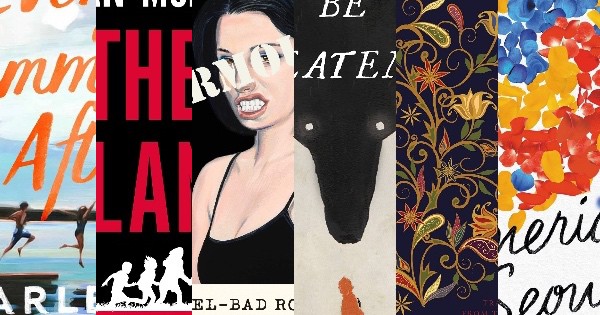
10 Hot New Releases for May 2022


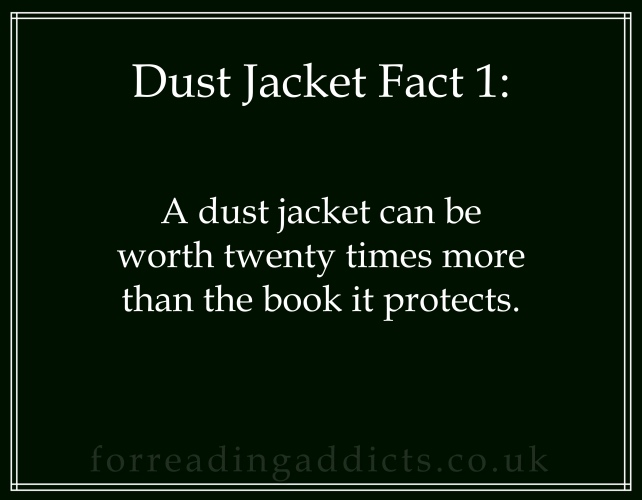


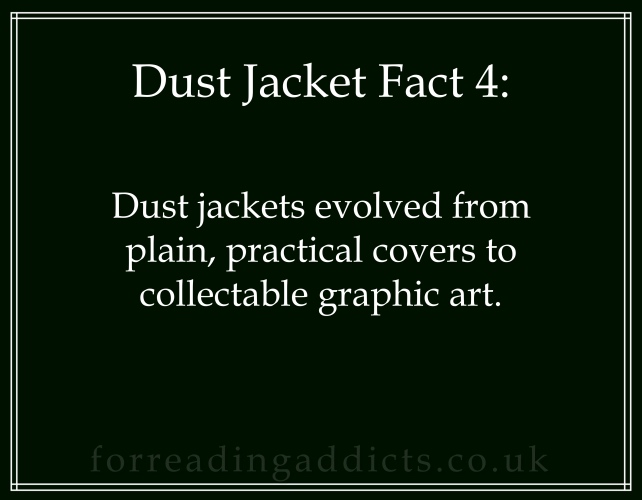


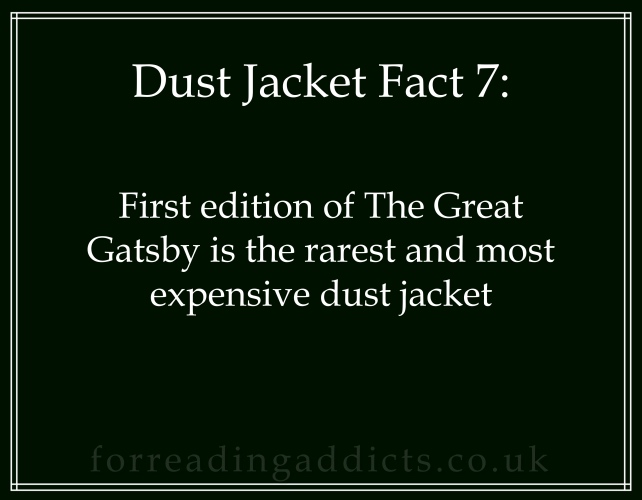
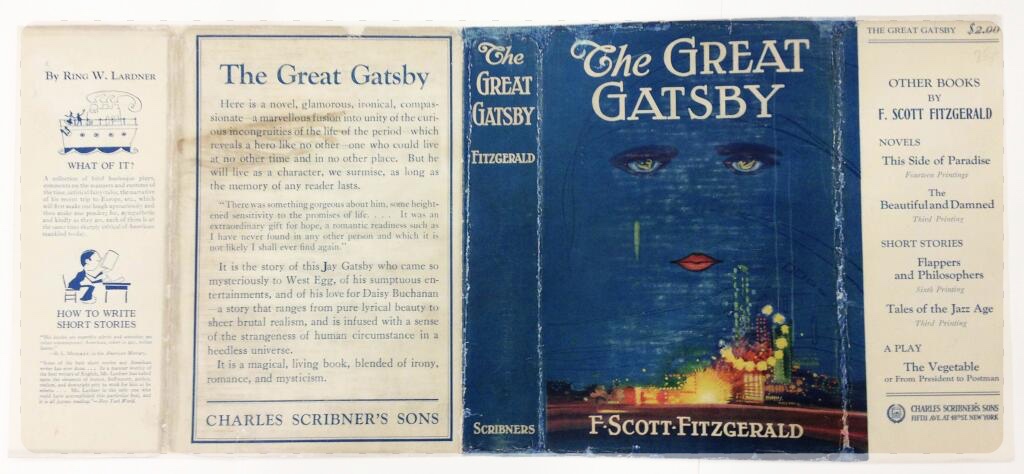


Wow! Thanks so much for this interesting article. I love learning historical information about books, how they came to be and other interesting information. Happy New Year to all.